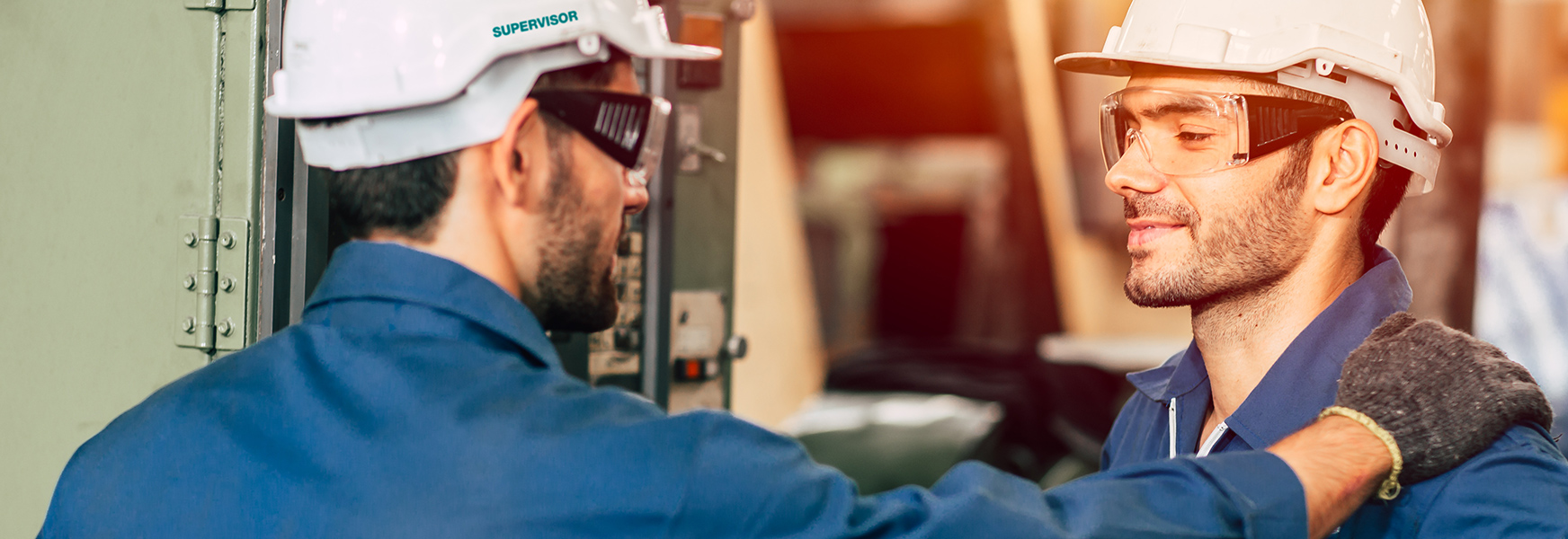What Were They Thinking?

How many times have you heard this question about injured workers? Maybe you’ve even said it yourself. When an injury occurs, the immediate reaction might be to blame the injured worker. Other common responses include, “they should have known better” or “they just don’t listen.” Administering a safety program is not easy and putting fault on the injured is an easy way out, but truly the wrong solution. The right solution is to identify why workers are engaging in unsafe behaviors and then motivate them to consistently behave safely in the future.
Why do people behave the way they do? There are an infinite number of variables but there is one underlying reason why people engage in behaviors, safe or unsafe. People act in ways that will bring them positive consequences. Human beings don’t intentionally behave in ways that will result in negative consequences. That oversimplifies the psychology but knowing this will help you to understand why employees are doing what they are doing.
There are consequences for every action- some are positive, and some are negative. People want positive consequences, and they will act in a way that will most likely bring about those positive outcomes in the quickest and easiest way. Furthermore, when a behavior results in a positive consequence the memory of that positive result acts as a trigger for the same behavior the next time. This cycle is likely to continue until a negative consequence occurs. Sometimes this is hard to see when a worker does something that results in an injury. That certainly isn’t a positive consequence, so why would they behave in such a way?
For example, we all know that driving too fast has a lot of potential negative consequences. Getting a ticket, causing an accident, wasting gas, and extra brake wear are all negative consequences. So, why do so many people speed? The reason is that all of these could happen, but probably won’t happen. Since none of those negatives are likely to occur, the positive consequence wins the day. We think we save a minute or two on the drive (although often not the case in reality) so the behavior continues despite the risks.
Applying this knowledge to the behaviors you see at work can help you understand why these behaviors exist and how to stop the unsafe and how to encourage the safe behaviors. Examine the behavior and find all the possible consequences. Once you have that information you can take steps to ensure they behave in the desired manner.
We sometimes see egregious safety violations that just don’t make sense. Why would a worker use their hand to clear a jam in a moving machine? Instead of blaming the worker for this, take a look at what the worker could have gained from this behavior. Find the positive consequence. In this case, clearing a jam quickly, without shutting down the machine, would save time. In fact, this often becomes standard practice and employees are rewarded for getting the job done efficiently despite the risk. The likely outcome of this is getting the line going quickly and the behavior is rewarded. The negative, losing a hand in the machine, is unlikely to occur and therefore doesn’t deter the behavior. One of the root causes of this behavior is actually the workplace culture that rewarded it until the inevitable injury occurred.
So now you know “what they were thinking.” With this knowledge you can ensure that unsafe behaviors result in negative consequences in the form of counseling, written warnings, or even more serious disciplinary action when warranted. Unsafe acts simply cannot be ignored. There might not be an injury today, but eventually there will be if the behavior continues. Stop the behavior as soon as it’s recognized. Don’t reward people for taking short cuts and risking their own safety.
Think of it this way. If you knew that every time you exceeded the posted speed limit you would immediately receive a $200 speeding ticket would you do it again? If every time you stuck your hand in a moving machine formal discipline would follow would you do it again? This isn’t easy or a pleasant aspect of workplace safety, but it is definitely required in order to be successful in the long term.
Ensuring negative consequences follow unsafe behaviors is an obligation for any safety program. However, keep in mind that a positive consequence is the most powerful. By encouraging your team and thanking them each time you see the desired behavior you will reinforce it. Locking down a machine in order to remove the jam safely is more time consuming but is exactly the behavior we should be rewarding with a positive consequence. People will always look for the positive consequence and if you are consistent with it, they will respond accordingly. Not only will this build a more positive culture, but it will also reduce the unsafe behaviors in the future.

